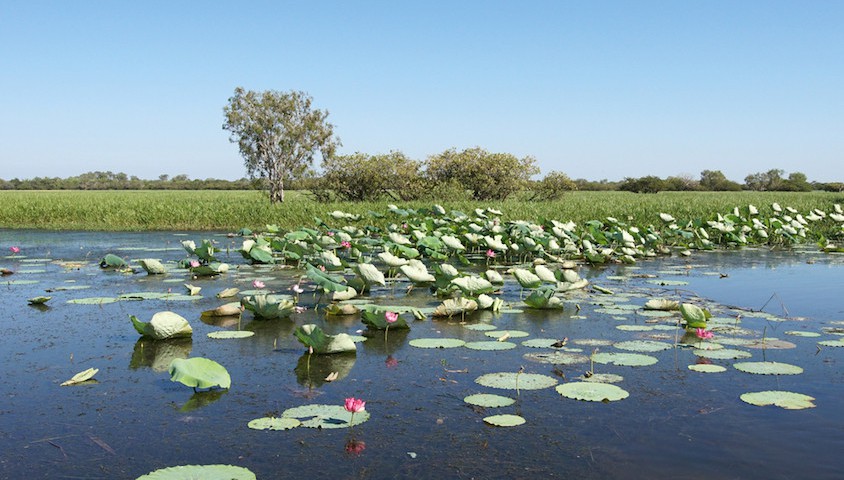During the wet season, broad swathes of Kakadu National Park are covered with water, but reports from locals and regular visitors indicate that things are much drier in the Top End this year.
Usually occurring from October through April, the wet season is part of an integral cycle for native plant and animal species, but this year the waters failed to arrive.
Speaking to ABC News, park ranger Calvin Murakami said that this year’s wet season had been the driest he’d experienced in 22 years.
“The weeds have had a really good year because it hasn’t flooded,” he said. “They’re really booming.”
Conversely, Murakami also predicted magpie geese would be negatively affected, as the lack of water had meant poor conditions for nesting.
The below average rainfall is caused by an ongoing El Niño weather event, causing many areas in the Top End to receive about 50 per cent average rainfall during the wet season.
While the Bureau of Meteorology is currently predicting a return to La Niña conditions toward the middle of the year, Kakadu is on the cusp of entering what may prove to be an extreme dry season, with little relief until October.
Not only does abnormally dry weather have ramifications for visitors to the region, but species recovery projects – such as the ongoing release of northern quolls into the park – are also impacted.
The ABC News report also cites a climate expert, Greg Browning, who predicts some places in the Top End “are probably going to be in the handful of lowest rainfall on record when the end of the wet season finally happens”.


